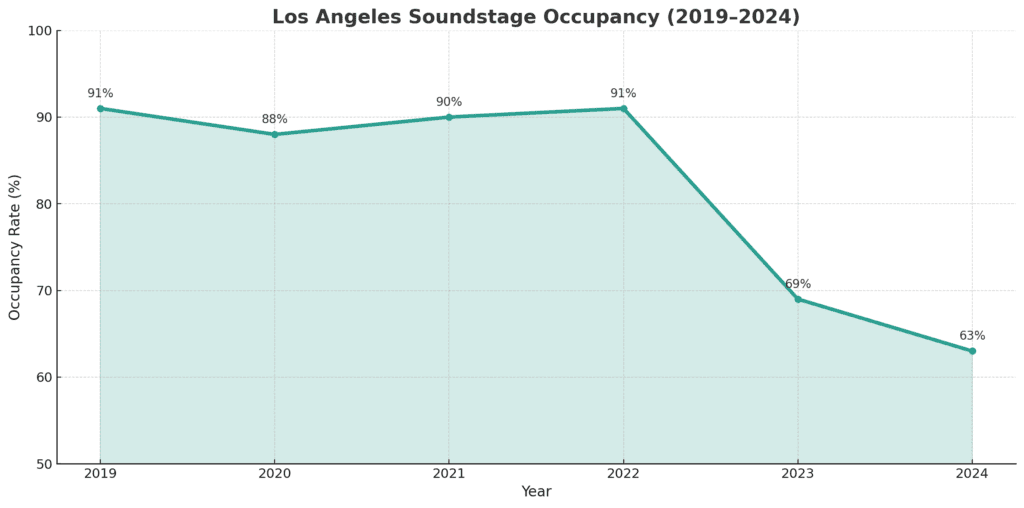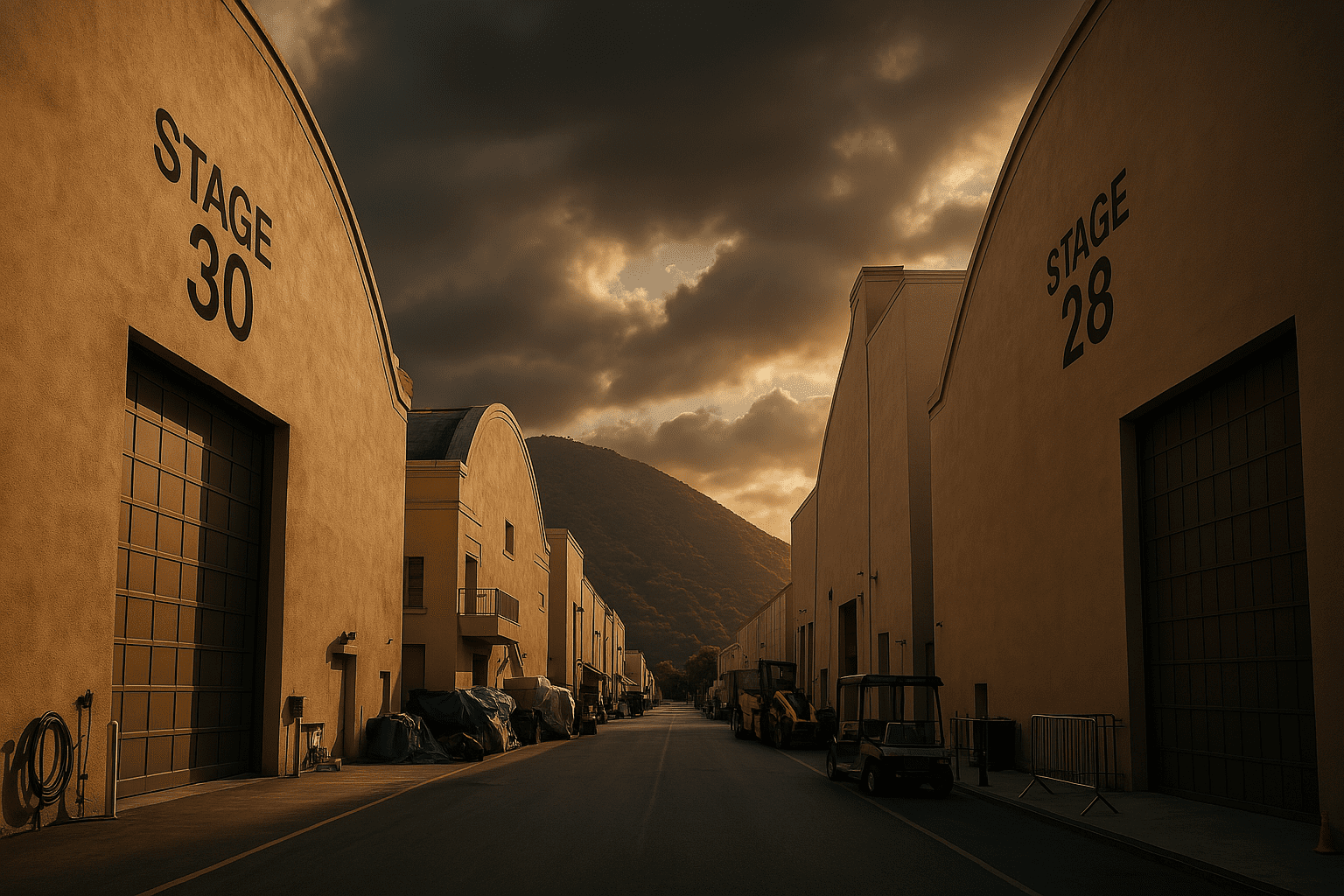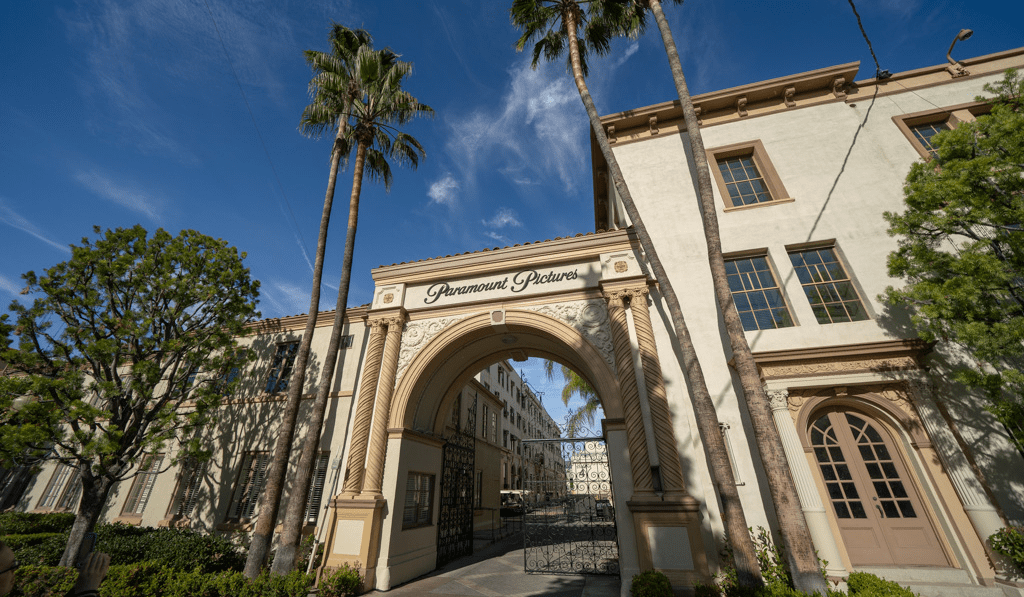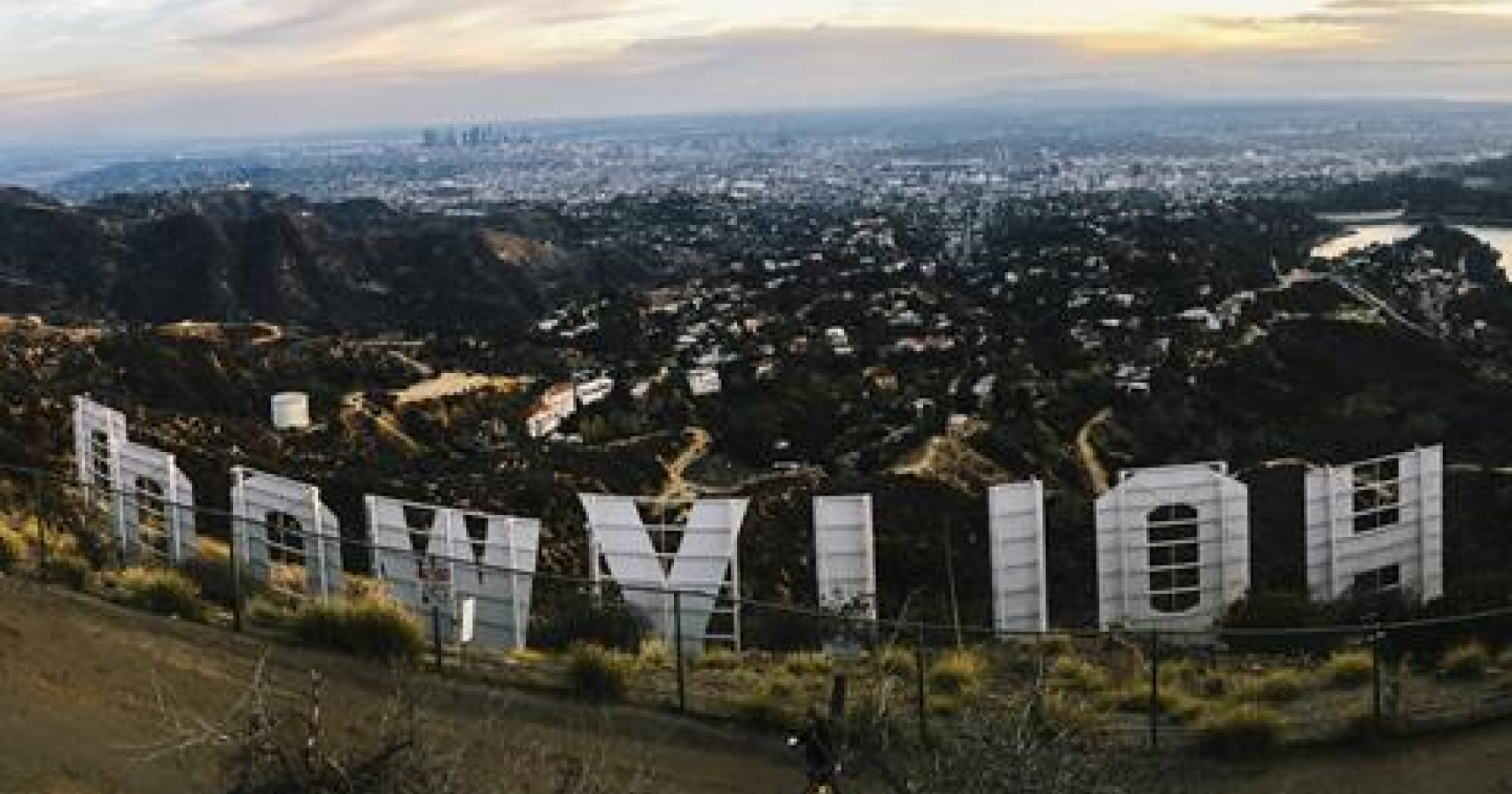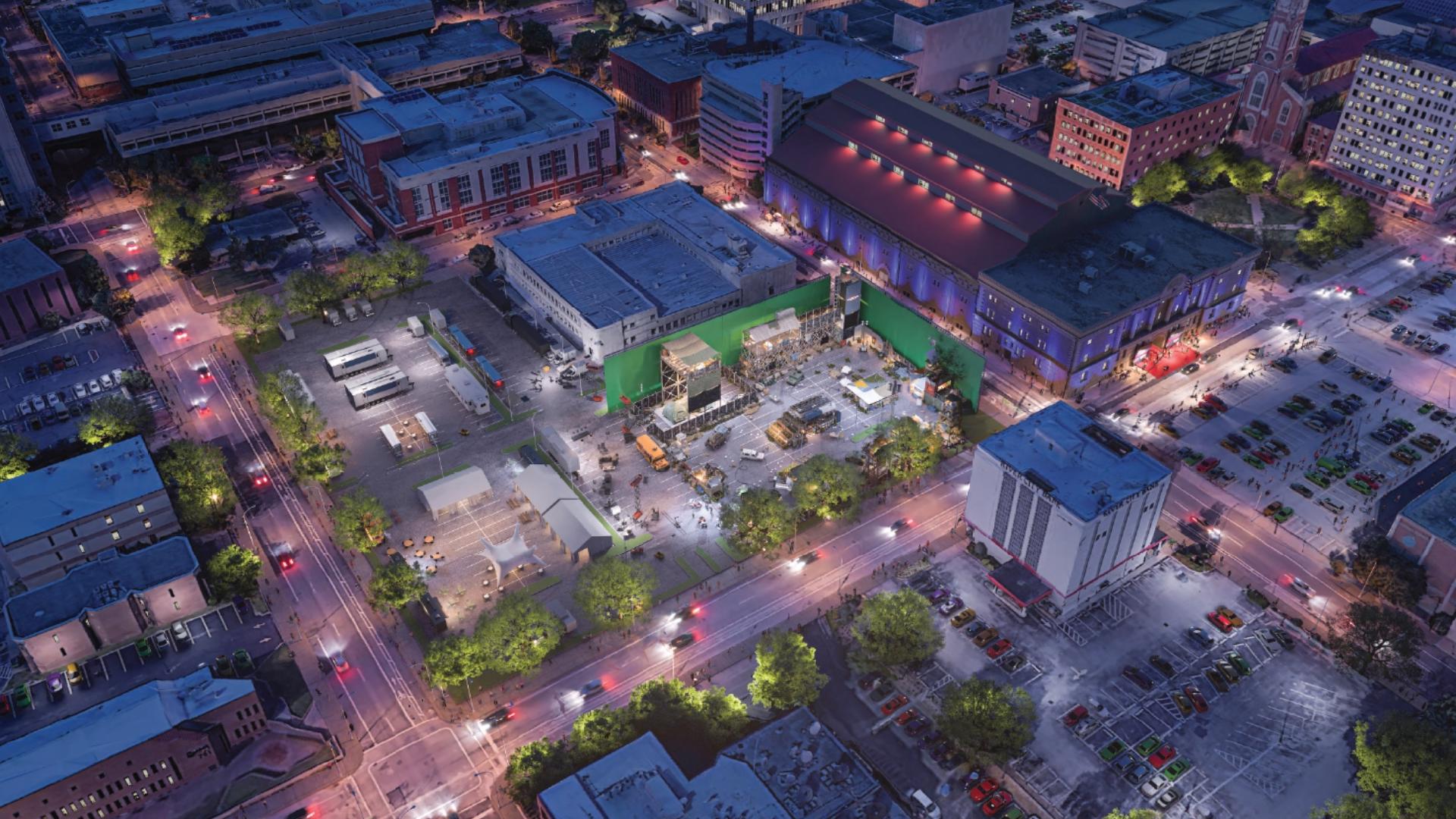Los Angeles still boasts the most soundstage space in the world—8 million square feet of it, to be exact. But a new report from FilmLA makes one thing clear: it’s not just about how much space you have, it’s about how much is being used. And in 2024, that number has dropped to its lowest point in over a decade.
According to FilmLA’s latest Sound Stage Production Report, the city’s average soundstage occupancy fell to just 63%, down from 69% in 2023 and a staggering slide from the 90%+ averages seen between 2016 and 2022. “A set on a stage can only create jobs when it is under construction or in use,” said FilmLA spokesperson Philip Sokoloski. “Television budgets have increased, but episode counts have declined, and there can be long delays between seasons.”
For an industry already bruised by dual strikes in 2023 and the tail-end of the pandemic’s production disruptions, this is another gut punch. While there’s often a lag between stage booking and actual filming, the real economic impact is found in the number of Stage Shoot Days (SSD)—and that’s where the data becomes even more alarming. In 2023, Los Angeles recorded just 8,671 SSDs, the second-lowest total on record outside of 2020.
To put that in perspective, L.A. hosted over 14,000 SSDs in 2018. That means the city has lost nearly 6,000 shoot days in just five years. And much of that decline is coming from the very category that traditionally powered the local industry: episodic television. Once making up 30% of all stage-based filming, episodic TV represented just 20% of certified stage use in 2023.
A Global Rebalancing Act
It’s tempting to chalk this up to a uniquely L.A. problem, but the report points out that the trend is global. New York, Ontario, Georgia, and the UK—all major production competitors—have also reported softening demand and underutilized infrastructure. What differentiates L.A. is its sheer scale and historical dominance. When the machine slows here, it’s felt across the industry.
The city still holds a distinct infrastructure advantage, and 13 new studio projects are in the pipeline. But with less content in production, even those upcoming builds may face uncertainty.
A Call to Action: Can California Reignite Its Production Mojo?
To combat the slump, California legislators are considering sweeping changes to the state’s film and television tax credit program. A proposal led by Governor Gavin Newsom would increase the cap from $330 million to $750 million annually, potentially making California’s the second-largest incentive program in the U.S. behind Georgia’s.
It’s a timely push, especially with a workforce of over 600,000 film and TV professionals contributing $115 billion to California’s economy annually. FilmLA’s report supports this, suggesting that the jurisdictions which maintain high stage occupancy and job creation will be those doubling down on proactive production attraction efforts.
The Bottom Line
With fewer productions, shorter episode orders, and rising budgets, the traditional rhythms of Los Angeles-based filmmaking have been upended. But if policymakers and industry leaders act swiftly and strategically, there’s still time to rewrite this storyline.
One thing’s for sure: the lights are still on in L.A., but the cameras aren’t rolling like they used to.
